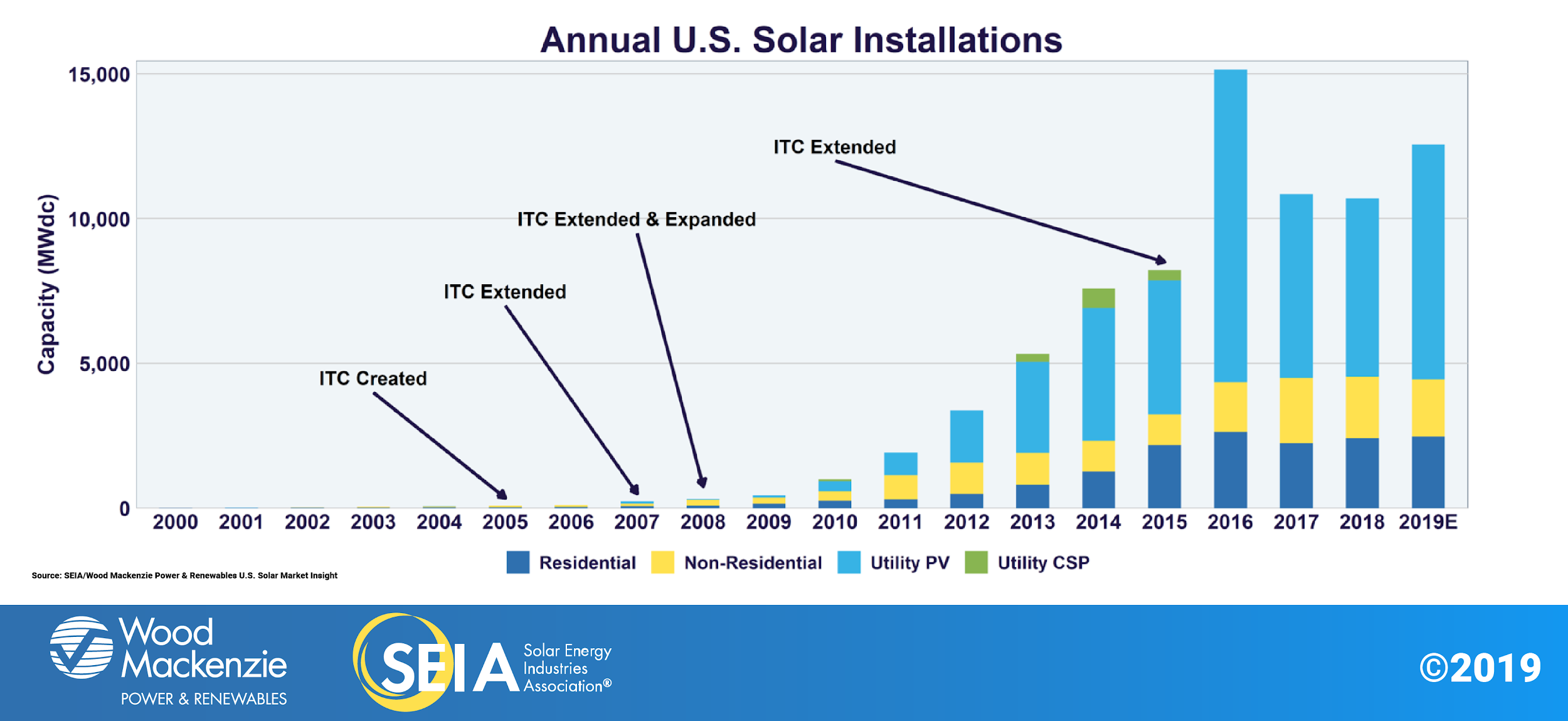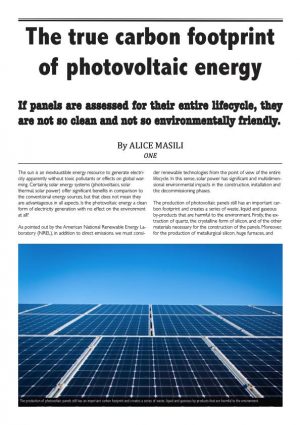Toxic Elements In Solar Panels

Silicon tetrachloride mentioned above as one of the most toxic chemicals involved in the manufacturing of panels is usually recycled by manufacturers as a cost saving measure.
Toxic elements in solar panels. These two intervals are times when the toxic chemicals can enter into the environment. Solar panels are composed of photovoltaic pv cells that convert sunlight to electricity. Nguyen phd toxic chemicals in solar panels include cadmium telluride copper indium selenide cadmium gallium di selenide copper indium gallium di selenide hexafluoroethane lead and polyvinyl fluoride. The toxic chemicals in solar panels include cadmium telluride copper indium selenide cadmium gallium di selenide copper indium gallium di selenide hexafluoroethane lead and polyvinyl fluoride.
Copper indium gallium selenide cigs. And because solar panels contain toxic. Solar panels often contain lead cadmium and other toxic chemicals that cannot be removed without breaking apart the entire panel. Solar panels generate 300 times more toxic waste per unit of energy than nuclear power plants.
Cigs is another mainstream thin film technology. When these panels enter landfills valuable resources go to waste. Worse rainwater can wash many of these toxics out of the fragments of solar modules over time. Solar panels are composed of photovoltaic pv cells that convert sunlight to electricity.
Some of the elements in solar panel modules can be toxic. Approximately 90 of most pv modules are made up of glass. They also contain lead cadmium and other toxic even carcinogenic chemicals that cannot be removed without breaking apart the entire panel. Cadmium telluride cdte is the most common type of thin film solar cell in production.
Thin film solar panels and toxicity cadmium telluride. And because solar panels contain toxic. According to cancer biologist david h. Many of the other toxic chemicals and products in solar panels can also be recycled.
When these panels enter landfills valuable resources go to waste.














































